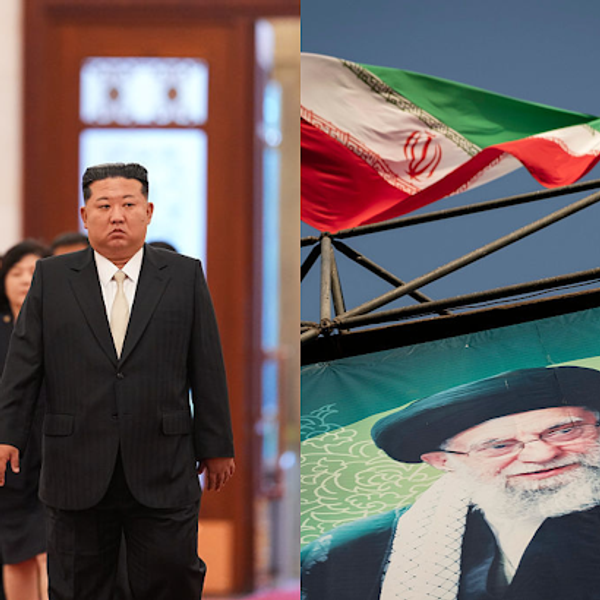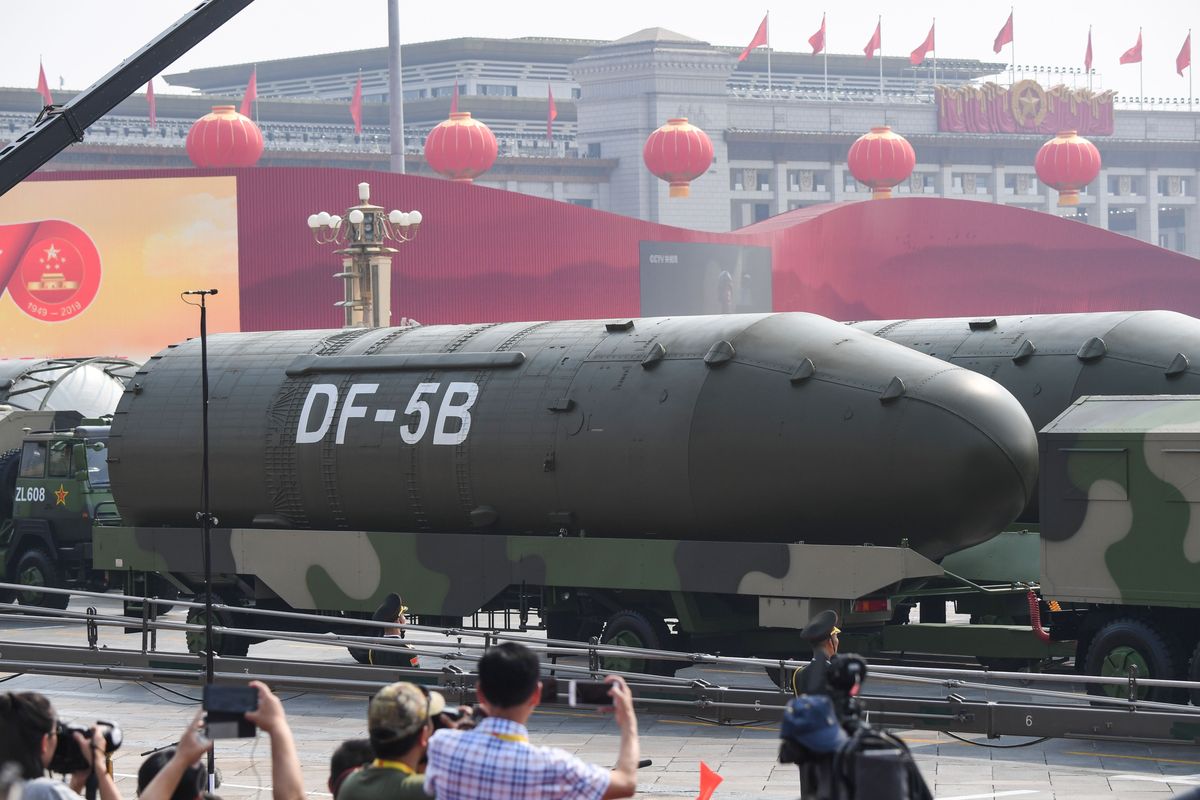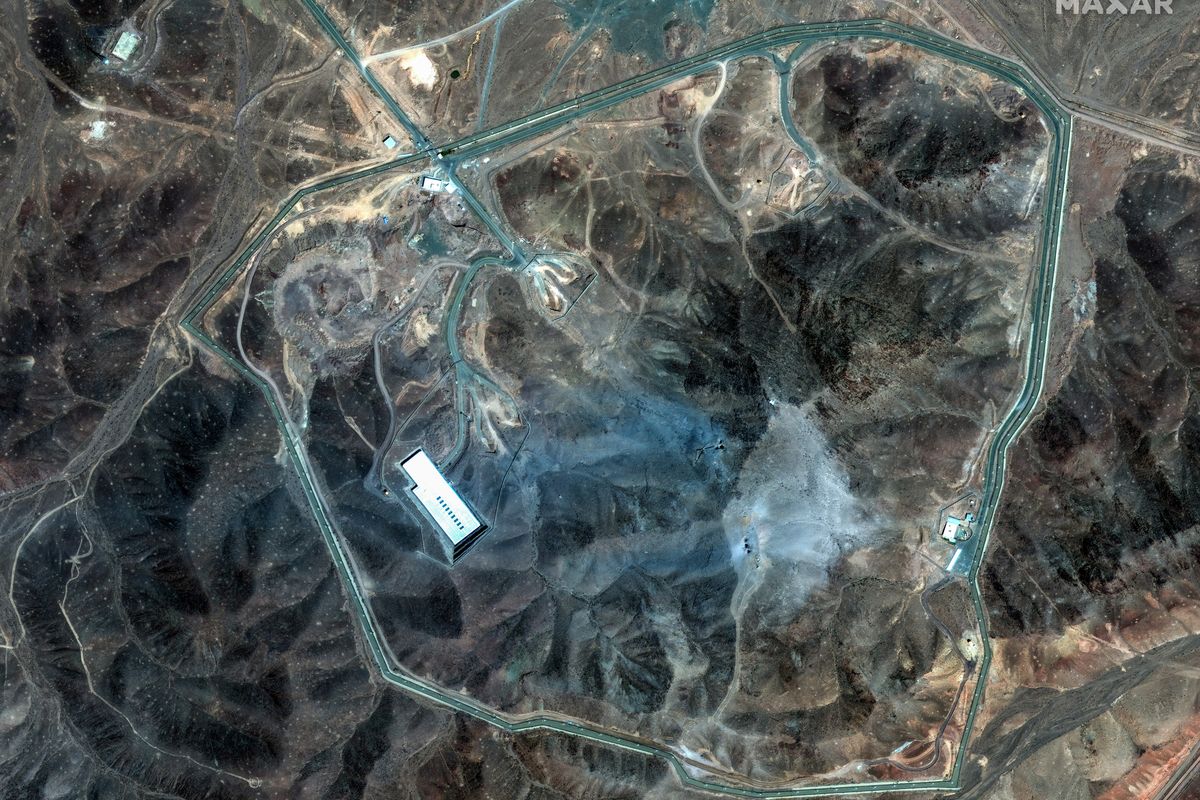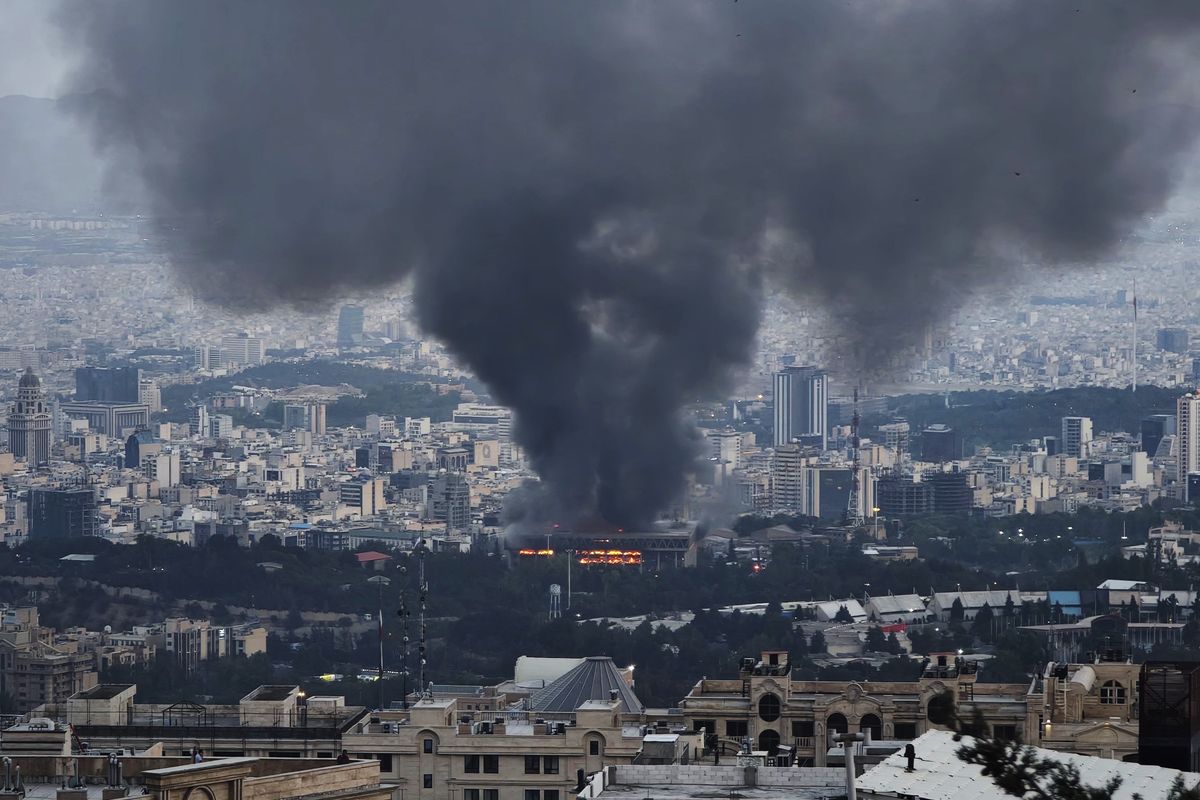OPINION — The six missiles North Korea launched in January was a statement — and proof — that North Korea is upgrading its arsenal of missiles to deliver nuclear weapons.
North quietly builds more nuclear weapons based on plutonium and highly enriched uranium. It publicly displayed its progress in January with hypersonic and cruise missiles and short-range ballistic missiles launched from rail cars. Indeed, North Korea’s advances with hypersonic missiles were demonstrated with the Jan. 11 hypersonic missile that flew 1000 kilometers at 10 times the speed of sound and reportedly successfully hit its target. A hypersonic missile that can cover vast distances in minutes, flying low and nimbly maneuvering, is challenging for any missile defense system.
Efforts of the United Nations Security Council to sanction North Korea for its January missile launches — which violated resolutions prohibiting the testing of ballistic missiles — were unsuccessful when China and Russia blocked the passage of the sanctions. North Korea may now believe that despite UNSC resolutions, it can move forward and conduct additional nuclear tests and missile launches with impunity, knowing China and Russia will block any effort to impose sanctions on them. This would be unfortunate and very dangerous.
Kim Jong-un made it clear one year ago, at the 8th Congress of the Workers Party, that North Korea would enhance its nuclear and missile capabilities, clearly stating that the focus would be on hypersonic missiles, submarine-launched ballistic missiles, tactical nuclear weapons and mobile, solid-fuel intercontinental ballistic missiles. One year later, despite the country’s dire economic situation, due to the coronavirus, a closed border and biting sanctions, Mr. Kim has moved forward with his hypersonic, cruise missile and SLBM programs. And now that it appears the border with China has opened slightly, trade will resume. Despite UNSC resolutions, North Korea will get additional crude oil shipments from China to sustain its economy.
In short, if there are no consequences, it’s fair to assume that North Korea will move forward with its ICBM program. In 2017, the North launched two ICBMs — the Hwasong-14 and 15 — both theoretically capable of reaching the United States. On Oct. 10, 2020, North Korea, on the 75th anniversary of the founding of the Workers’ Party, displayed what would be the largest road-mobile ICBM in the world. It’s possible — and some say likely — that North Korea will launch an ICBM soon, in line with Mr. Kim’s pronouncement to advance his country’s nuclear and missile capabilities. Such a launch will get the international community’s attention and certainly the United States. At a Politburo meeting of the Workers’ Party in January, Mr. Kim reportedly said North Korea would consider restarting “all temporarily-suspended” activities, implying launches of ICBMs and nuclear tests.
Join The Cyber Initiatives Group for the first Summit of 2022 with Principal’s including General Keith Alexander, The Hon. Susan Gordon, Dmitri Alperovitch, General David Petraeus, founding CISA Director Chris Krebs and more. Registration is free for this February 9th virtual event. Come prepared to think differently.
In 2017, we witnessed something similar to what we’re beginning to now see. North Korea had conducted its sixth nuclear test, assessed to have been a thermonuclear test. It launched two ICBMs — the Hwasong 14 and 15 — and the vitriol coming from Pyongyang was offensive. Former President Donald Trump responded with “fire and fury,” conducting and enhancing joint military exercises with South Korea and imposing crushing sanctions, supported by China and Russia. Tension was defused when Mr. Kim proffered an invitation, passed through South Korea, to meet personally with Mr. Trump. The invitation was accepted, and the June 2018 Singapore Summit was convened, with an upbeat joint statement, followed by a February 2019 Hanoi Summit that ended in failure. Since then, negotiations with North Korea have ceased, and while the North continues to produce fissile material for nuclear weapons and continues to upgrade its missile capabilities, the North has refrained from conducting another nuclear test or launching another ICBM. This may now change.
China has considerable leverage over North Korea. Over 90% of trade is with China, and over 90% of crude oil comes from China. It wouldn’t be too much of an exaggeration to say that North Korea’s economy is dependent on China. Given that leverage, China could and should try to convince Mr. Kim that resuming nuclear tests and ICBM launches would be inimical to North Korea’s interest. In fact, telling Mr. Kim that China would support sanctions, as it did in 2017, if North Korea escalated tension by conducting nuclear and ICBM tests would have an impact. There is reason to believe Mr. Kim would listen and comply with China’s request if this message came directly from President Xi Jinping.
Cipher Brief Subscriber+ Members receive exclusive expert briefings from members of our expert network. Upgrade to Subscriber+ today.
As was done during the Six-Party Talks with North Korea before the Sept. 19, 2005, joint statement that committed North Korea to dismantle all nuclear weapons and facilities in return for sanctions relief, economic development assistance and a path to normal relations, the five countries — the United States, South Korea, Japan, China and Russia — would occasionally meet or share views when North Korea was escalating or threatening to escalate tension. This would be a perfect time for these five countries, ideally with seniors from the State Department and the Ministries of Foreign Affairs, to meet, strategize and work together to get North Korea to refrain from any further escalation of tension and return to negotiations. Such an initiative by these five countries could prove productive. It certainly would have broad international support.
This piece by Cipher Brief Expert Ambassador Joe Detrani was first published in The Washington Times











